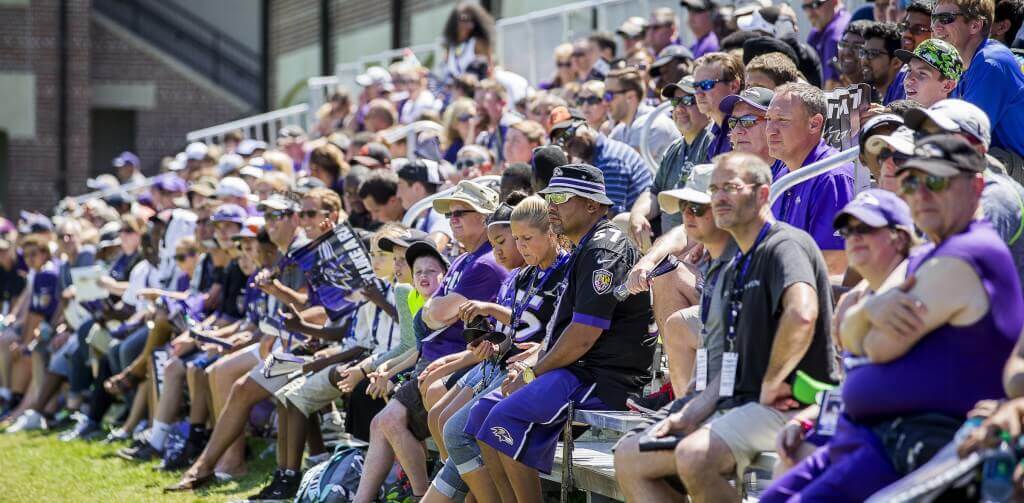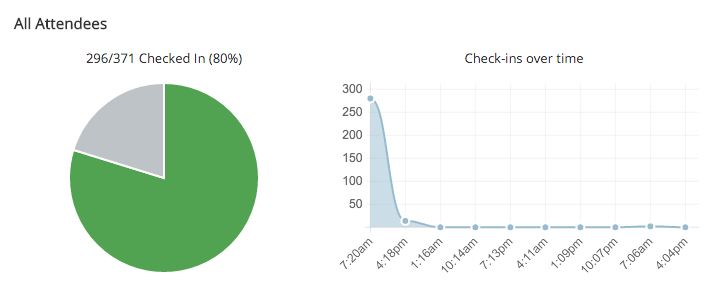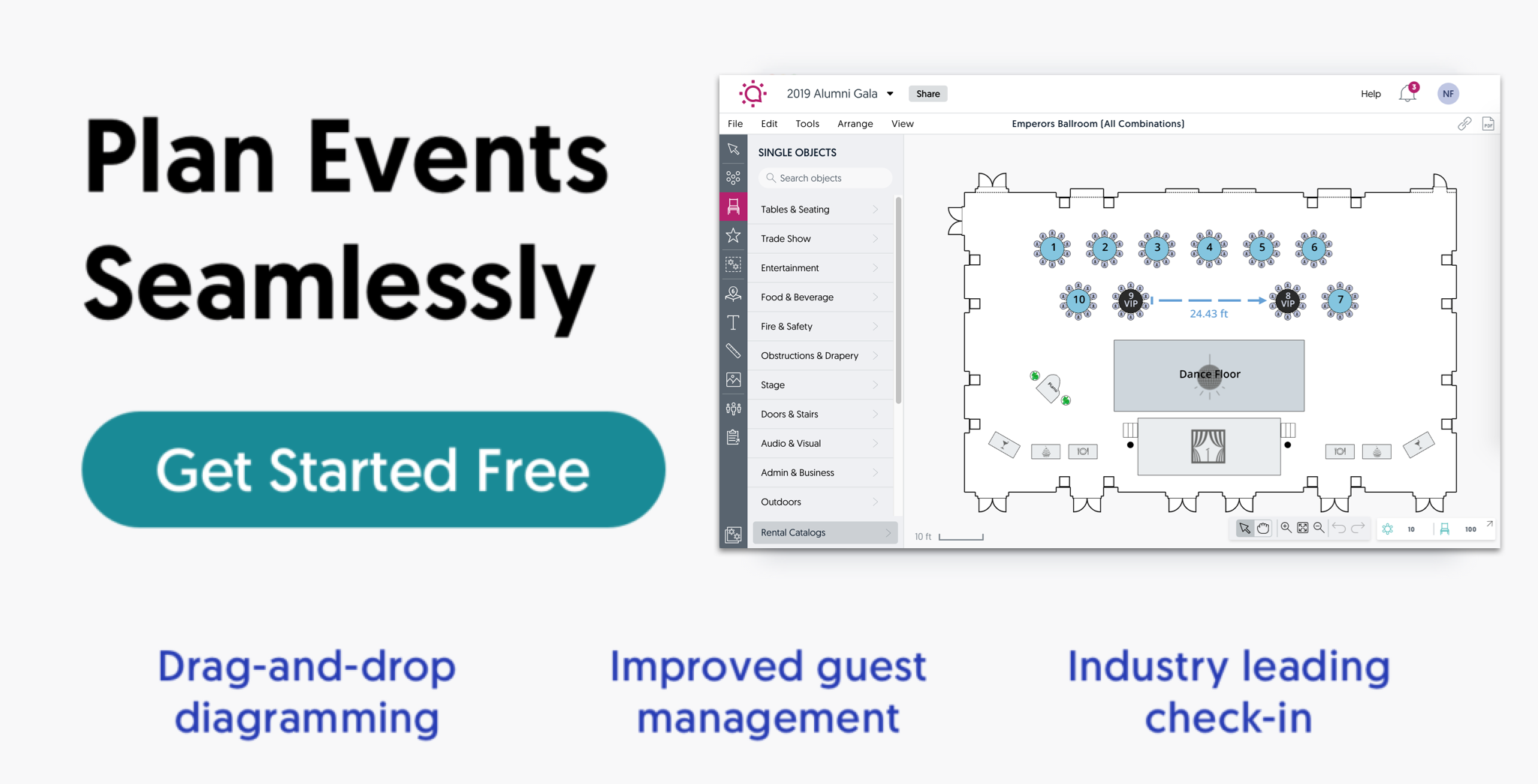
Stadium Event Check-In Done Right: How the Baltimore Ravens Used Data to Optimize Event Check-In
Managing and optimizing the way your venue functions is an effort that increasingly relies on data. If you’re determining how your space will be used, you ultimately need to understand the source of all revenue and expenses. Today, stadium venues, hotels and event spaces of every size, are weaving together feedback and metrics from a variety of event check-in tools in order to do just that. The challenge is to find the right ways to turn numbers and data points into actionable insights and create better attendee experiences and maximize business efficiency.
We sat down with Ilsa Marden, Events and Entertainment Manager with the Baltimore Ravens, to find out how she’s doing just that, and to learn how her team is leveraging the check-in tools in Social Tables to create a seamless fan experience at the Raven’s new practice stadium, and ultimately operate her business more effectively.
Rethinking Training Camp
Each year, NFL teams host training camp events open to fans. Just a few years ago, the Baltimore Ravens started hosting training camp at a brand new practice facility. The problem was that, with fewer seats and parking options at the new venue, her team couldn’t invite nearly as many fans as before.

In order to accommodate as many fans as possible, Ilsa’s team developed a lottery system for attendees, and turned to Social Tables to help manage attendees and the check-in process. The lottery grew to the point where The Ravens’ events team was managing 1,000 fans at each practice. Every day, the events team would upload their list of lottery winners into Social Tables Attendee Manager, which made it easy to determine which attendees were VIP ticket holders, or just members of the general public eager to see the Ravens play.
As a result, the Ravens were able to process every attendee and make check-in a breeze for fans. But beyond creating the best possible fan experience, Ilsa’s team could leverage the real-time check-in statistics in Social Tables to further optimize the process in the future. Check-in statistics provided the events team with data on the percentage of individuals that had checked in, no-show rates, and most importantly, peak check-in times.

How did they leverage the data? In one example, the team learned that for an 8:00 AM practice, the vast majority of fans checked in around 7:20 AM. As a result, the events team knew exactly how to staff parking attendants at this time. Now, the team had actionable data which they could share with their executive team and justify staffing costs only minutes after practice had started.
It’s really important to us, that at an event like training camp, the fan experience is great right from the start, and that it isn’t kicked off on a negative tone when fans have to wait 15 – 20 minutes just to be checked-in.
– Ilsa Marden, Events and Entertainment Manager, Baltimore Ravens

With training camp coming up in the next few months, the Ravens will continue to leverage Social Tables to design the layout for sponsors and activations at the forth coming, Flock Festival. An annual draft event and fan fest at M&T Bank Stadium where the team is announcing their top 3 draft picks live on NFL Network.
The key to stadium event check-in with this level of efficiency, is access to real-time statistics and actionable insights. Learn more about Attendee Management in Social Tables to see how you can do just that.


